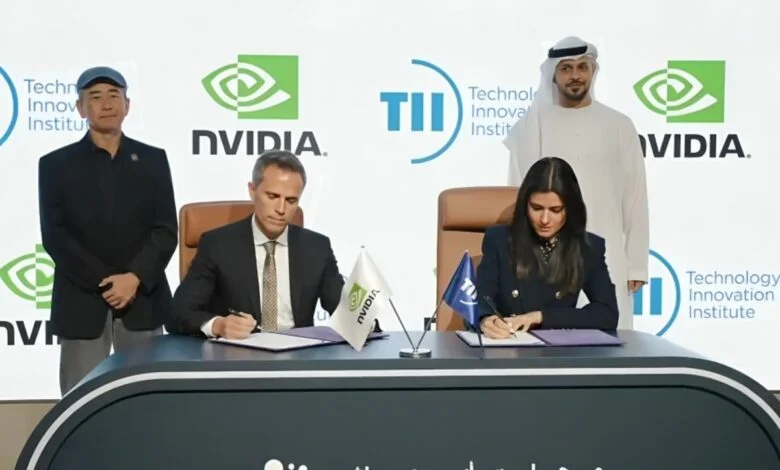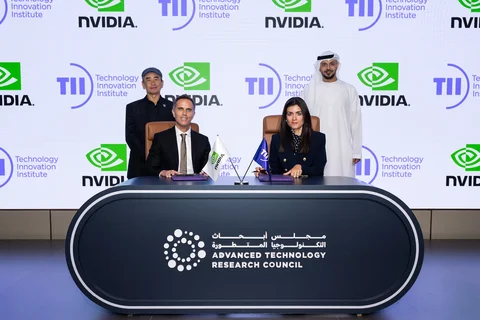The Technology Innovation Institute (TII) and NVIDIA have opened the Middle East’s first joint NVIDIA AI Technology Centre (NVAITC) dedicated to robotics. Announced on 22 September in Abu Dhabi, the new lab brings global hardware leadership together with local research capacity. It marks a significant step in how the Gulf is attracting international partners to accelerate artificial intelligence and robotics development.
Abu Dhabi’s AI play
The launch is part of a wider strategy. TII, under the umbrella of Abu Dhabi’s Advanced Technology Research Council, is at the centre of the UAE’s long-term vision to embed artificial intelligence across key industries. The country’s National AI Strategy 2031 sets out a goal to make the UAE a global hub for AI, with robotics singled out as a priority.
By anchoring an NVIDIA-backed lab in Abu Dhabi, the partnership gives the UAE a foothold in the company’s global NVAITC network and signals that advanced robotics research will no longer be limited to centres in North America, Europe, or East Asia.
The partnership

The collaboration draws on complementary strengths. TII provides the robotics platforms, research teams, and regional infrastructure, backed by government investment through the Advanced Technology Research Council. This ensures the lab has access to humanoid robots, robotic arms, and other testbeds for applied research.
NVIDIA adds its computing power. The company is supplying accelerated platforms, including its new “Thor” chips designed for robotics and autonomous systems. By linking Abu Dhabi into its global NVAITC network, NVIDIA is positioning the region as part of its worldwide research footprint.
This makes the Abu Dhabi lab the first NVAITC in the Middle East with a focus on robotics, and a sign of how local and global institutions can build joint centres that advance both regional capability and international reach.
Industry implications
The lab’s work is expected to touch industries central to the Gulf economy. In logistics, AI-driven mobile robots could streamline warehouse operations and last-mile delivery. In energy, robotics promise safer inspections of remote facilities. In manufacturing, robotic arms guided by embodied AI could help diversify production beyond oil. And in smart cities, autonomous systems could support everything from security to municipal services.
Beyond applications, the partnership sets a precedent. It shows how Gulf institutions and global firms can co-develop frontier technologies, combining regional investment capacity with international expertise. If successful, the Abu Dhabi centre could become a model for other collaborations, drawing further R&D activity into the Middle East.
What comes next
By establishing a joint robotics lab with NVIDIA, Abu Dhabi is positioning itself as a proving ground for next-generation AI systems. The move reinforces the UAE’s ambition to anchor global technology research while building local capacity.
The question is how quickly research can translate into commercial adoption. Success will depend on whether advances in embodied AI and robotics move from the lab floor into the factories, logistics hubs, and energy sites that define the Gulf economy. If that transition happens at pace, the TII–NVIDIA partnership could stand as one of the region’s most important steps towards technological sovereignty.














